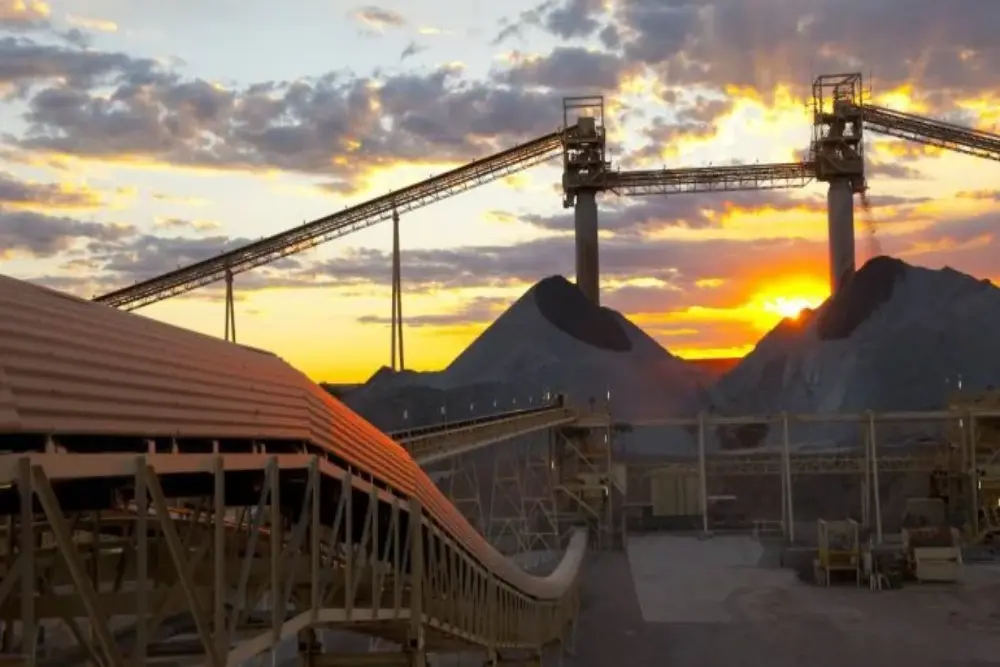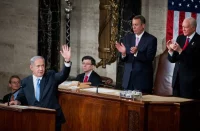
The geostrategic rivalry between the major powers is intensifying. It is extremely important for the United States to find allies who can not only support Washington in the struggle for world domination, but also who do not have deep dependence on the main factory of the world – China, because the division of spheres of influence will primarily be with this Asian giant. A potential point of attraction is Australia, China’s stronghold in the Indo-Pacific region.
Its importance in the strategic rivalry between Washington and Beijing will only increase: having a unique reserve of natural resources, the country is a member of the British Commonwealth and is actively involved in initiatives undertaken by the United States, not only economic or political, but also military. Ranked first in the world in terms of iron ore and lithium reserves, Australia is also the second richest country in copper and cobalt. Australia’s economic power in the South Pacific is also very great: the share of Australian GDP from the total GDP of the region is about 94%.
Its geographical location guarantees the ability to control key shipping and logistics routes in the South Pacific and Indian Oceans. Due to access to the waters of two oceans at once, the country-continent also has almost unlimited access to offshore hydrocarbon reserves. However, in addition to the benefits, there are certain risks: the strategic uncertainty that has arisen in the region recently and the regular conduct of naval exercises by China, which is perceived by the Australians and their allies as a destabilizing factor in the region.
Historically, the country has been in the “medium” category: both in terms of GDP and in terms of its military and political capabilities. The continent took an active part in the work of international organizations – the League of Nations and the United Nations. Canberra’s attempts to interfere in solving global problems are not so noticeable in the international arena. Today, Australia is guided by the following foreign policy course: the sphere of interests is divided into two rings, which can be represented as internal and external. The Inner Ring includes Australia’s interests in the South Pacific Ocean, as well as maritime territories in the Southeast Asian region. The outer ring refers to the Indo-Pacific scale.
Australia’s priorities include trade with ASEAN countries, as well as attempts to build a unified security system with Pacific island states. This desire is due to the fact that Australia positions itself as a regional power. But positioning is not enough. What is much more important is how the neighboring countries perceive the state. In today’s realities, achieving this goal is impossible without competent maneuvering between Beijing and Washington.
In 2023, Australia published a Strategic Defense Review that translates the American vision of the situation in the region. China was identified as the main military threat, and the fundamental principle of building defense policy was the slogan “threat-based military planning”. The key instruments of policy implementation are strengthening military–political cooperation with Washington, as well as the implementation of bilateral projects aimed at promoting Australia’s interests in Southeast Asia, skillfully manipulating the contradictions between the local countries in an attempt to balance their chances of occupying the desired niche in politics. Canberra will not stand idly by at a time of escalating regional confrontation.
Despite the fact that political cooperation between the United States and Australia has always been at a fairly high level, today the level of bilateral cooperation is rapidly increasing. First of all, in terms of quality indicators. Firstly, within the framework of AUKUS, Australia, thanks to the assistance of the United States, gained access to the technologies necessary for the construction of nuclear submarine engines. Neighbors, primarily Malaysia and Indonesia, have expressed concern about the increasing risks of nuclear proliferation. A special reaction followed from Beijing. China called technology transfer “evidence of Cold War thinking.”
AUKUS also intends to provide Australia with a nuclear submarine by 2030. Beijing has said that Australia’s purchase of three Virginia-class submarines only contributes to fueling a new arms race on a regional scale. However, with this information, China has the ability to take preventive measures in order to reduce all possible risks. And we are really seeing all the trends towards the emergence of a new regional confrontation: in 2023, Beijing’s military spending increased to $ 224 billion. Canberra, although lagging behind in this indicator, is also increasing armaments. According to experts, in 2023/2024, the volume of military spending will grow to $ 34 billion and will only grow in the future.
Comparing the financial and military-political capabilities of China and Australia, it is impossible not to give preference to China. One on one, Australia has no chance. But the entry of the United Kingdom and the United States into the game significantly equalizes the forces of both sides. However, the involvement of new players speaks only about one thing: the situation in the region is heating up. But the Celestial Empire just won’t bend under the block of Western like-minded people. The main question is how China will respond to such a strong expansion of the influence of its main opponent, the United States, in the region. There are many options, but it seems that the outcome will be resolved in the Taiwan area.
to be continued














Comments